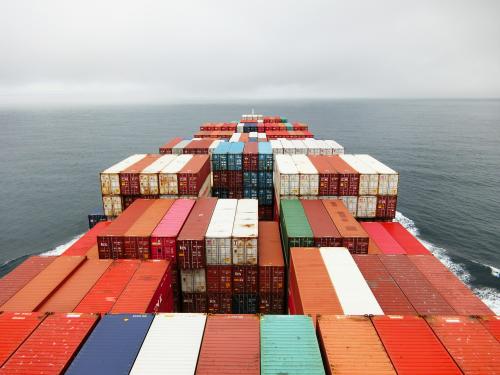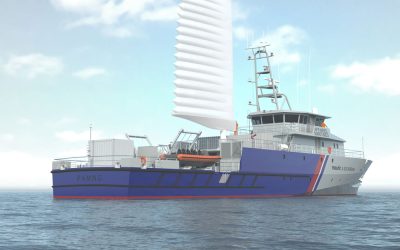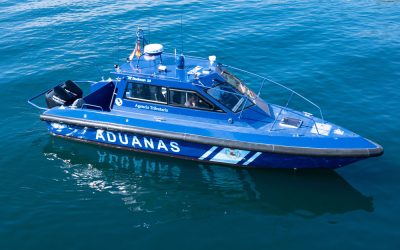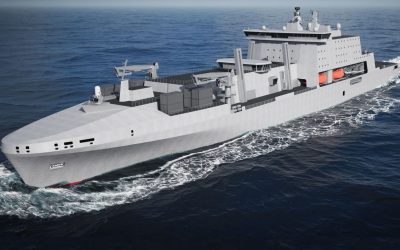By Sophie Collingwood
Container ships have changed dramatically in the last 10 years; vessels are growing exponentially bigger and tiers higher. It’s impossible to discuss the sector without recalling safety concerns, especially in light of the recent incidents where a collective of around 3,000 containers were lost from multiple ships during a single winter season on the Pacific.
With too many large-scale incidents occurring to be considered one-off mistakes, the question remains: how can truly safe operations be reached? A recent joint industry project (JIP) launched by the Maritime Research Institute Netherlands (MARIN) in July 2021, known as TopTier, seeks to research and restore fidelity in the safety of the current container ship fleet.
Lashings at sea
Container safety is not a new topic for MARIN. Just 10 years ago, the company headed Lashing@Sea, a JIP which mainly concentrated on improving lashing systems to avoid failure and increase efficiency. Although Jos Koning, senior project manager for TopTier, and previously Lashings@Sea, tells The Naval Architect that some progress was seen as a result of recommendations made by the JIP, he notes that ultimately most emerged as optional.
Making limit calculations by using container weightings taken prior to loading, rather than numbers filled out weeks previously, was one such recommendation made. “This was picked up by IMO and has been implemented in the verified gross mass (VGM) requirement. It suggests that the weight is measured and verified, but in fact it’s not such a strict requirement in the end and no one is sure of how good an effect it has had,” says Koning.
TopTier follows on from the research undertaken in Lashings@Sea, but Koning explains that it is an emerging concern over systematic issues that is driving the project overall: “Over recent years, there have been a number of incidents which are different from previous events, in the fact that it appears as though the amount of damage that occurred on ships was so big that it suggests the design limitations of the cargo arrangements were, and maybe still could be, systematically exceeded.” The challenge, Koning says, is for TopTier to search out any potential systematic loopholes in the current container framework and figure out a way to close them.
Uncertainties in safety
A complex issue calls for a comprehensive approach and, during its kick-off meeting, the JIP identified six main aspects to address in order to meet the project’s primary goal; restore fidelity in the safety of container ships.
The first, minimising uncertainties relating to a vessel’s planned stow configuration: inaccurate container weights, their stowage locations and how this affects safety margins. The second, concentrating on the uncertainty in the strength limitations of containers and equipment used and for the third and fourth aspects, TopTier will consider the uncertainty of motions and quality of the calculation design models.
Koning says: “In the stowing process, calculations are used to determine the expected maximum loads under worst case assumed operational weather conditions. What we will do in the project is evaluate if the models that are used for those steps are actually lining up what is occurring on those large ships.”
A significant part of TopTier’s investigations concentrates on these technical issues, aiming to recommend on dealing with the effects of extreme motions, high GM, hull girder flexibility, flexibility of containers and lashing gear components, high stack dynamics, and more. Koning points out that many of these aspects are presently not yet included in the securing procedures primarily because they have only become of higher importance over the last decade.
“Ships sailing with these high GMs, for instance. That’s something which is related to the increase of the ship designs. Ships are definitely a lot wider than they used to be and sometimes operate in part load when they are not so heavy, and so the centre of gravity and centre of buoyancy are behaving such that they are becoming incredibly stable.”
For the full article please see October’s edition of The Naval Architect.




